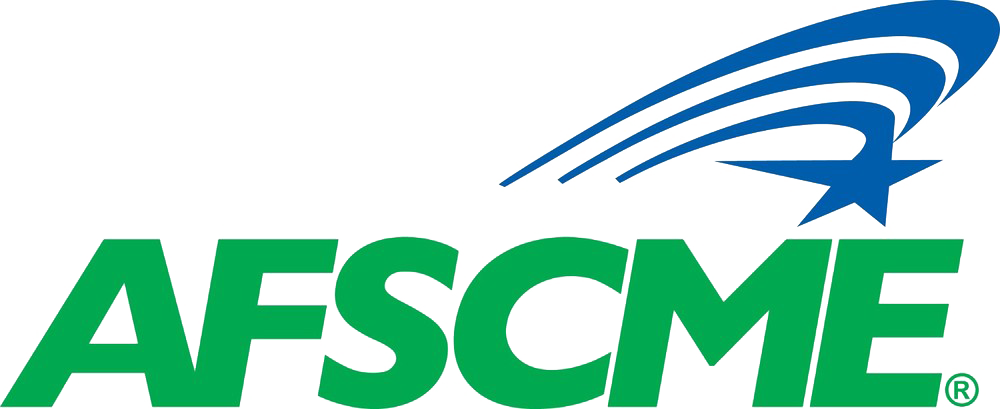When it comes to retirement plans, most working Americans have only a few options. For many public workers, though, a pension promises a secure, dignified retirement after a lifetime of service.
In many states, public pension systems have been decimated by anti-worker forces more interested in lining their own pockets than investing in the people who do America’s work and produce our nation’s wealth. Like in many private-sector industries across the country, big-money interests have deflected the brunt of their financial woes onto the backs of workers – and the results haven’t been pretty.
In Kansas, policymakers managed to decimate the state’s public pensions in under two decades. The plans, fully funded in 2000, now face a $43 billion deficit due to politicians’ failure (or refusal) to fund the plans and make responsible market investment decisions.
Here in Minnesota, we’ve been diligent – and successful - in protecting our public pensions from such attacks. But we need to remain vigilant and combat the broader anti-worker narrative that threatens to undermine the rights and benefits we’ve earned.
So how does a pension system work, exactly? And what makes Minnesota’s pension system unique?
Let’s start with the basics. Minnesota has three major pension systems. The Minnesota State Retirement System (MSRS) includes most state employees, ranging from State Patrol officers, Metropolitan Council workers, and employees at both the University of Minnesota and the Minnesota State University systems.
PERA (the Public Employees Retirement Association) administers retirement benefits for most local government employees and many school district workers. Finally, most public school and Minnesota State University teachers and faculty are covered under the Teachers Retirement Association plan (TRA). Most AFSCME members and retirees participate in either MSRS or PERA.
Our union pension is a defined benefit plan, rather than a defined contribution plan. Why is that important? Because one is guaranteed, and the other is not. Since the 1980s, corporations have tried to shift workers to DC plans in an effort to shirk the responsibility of a safe retirement for their employees. With a DB plan, our members have a retirement they can count on. Get the full comparison between DC and DB plans below!
The strength of our pension systems is not an accident. For decades, public employees in Minnesota have fought back against attempts to underfund and undermine the retirement benefits we’ve earned.
Defined Contribution Plans (401K-style) | Defined Benefit Plans (Pensions) |
Employers may contribute a set amount, “match” employee contributions, or contribute nothing at all toward employees’ retirement. | Employers contribute a set amount to the fund based on how much money is needed to pay benefits to all workers. |
Employees carry all the risk, making savings vulnerable to economic downturns. | Risk is shared among everyone paying into the pension, making DB plans much more durable through the ups and downs of the market. |
Individuals must manage their own funds, or pay Wall Street firms for their financial advice. | Professional pension administrators manage the funds and focus on protecting workers, not Wall Street. |
DC plans cost twice as much to manage as DB plans. | DB plans are less expensive – and more cost effective – to manage. |
There is no guarantee the money will be there when you retire. | Monthly payments from your pension fund are guaranteed – for the rest of your life. |
Defined-benefit pensions like ours can be the difference between a comfortable retirement and decades of scarcity. More than 20% of retired Minnesotans live in poverty, surviving solely on Social Security income. Public pensions are modest, ranging from $1,200 to $2,300 a month. A typical AFSCME retiree has pension benefits of about $14,000 a year. For most retirees, that income is the difference between living in poverty and living securely, with dignity.
According to the National Institute on Retirement Security’s Pensionomics 2018, pension payments to retirees are crucial to fueling job growth and economic output both locally and nationwide. Here in Minnesota, retiree spending contributes significantly to our state’s economic strength. In 2016, pension expenditures in Minnesota supported 48,134 jobs, $3.9 billion in added value to the state, and $3.1 billion in direct economic impact across the state – with a total economic impact of $7.2 billion.
As public service providers, AFSCME members have a vested interest in making sure workers – the major stakeholders in our pension policies – have a seat at the table when it comes to making decisions about the retirement benefits we all deserve.
That’s why we encourage our members to serve on the pension boards – and to show up when the decision-makers need to hear from workers most. We’re proud to support three AFSCME members on the MSRS Board, and two more on the Board of PERA.
AFSCME members are educated, dedicated, and tireless in the fight to protect the retirements we deserve. We’ve used our people power to defend the benefits we’ve earned, and we have the legislative track record to prove it.
But we know we can’t rest on our accomplishments. Every year, politicians at all levels of government look to balance their budgets by stealing money out of pension funds and, by extension, out of the hands of retirees who earned it. Others seek to make public sector union members less powerful by restricting the pension benefits they can demand in negotiations.
In the years to come, we must continue the long tradition of protecting retirement security for ourselves, and the generations of workers who will follow.

